You can spend hours choosing the perfect painting, photograph, or print—but if it’s hung wrong, the entire room can feel “off.” At Artistic Wholesale Printing & Framing in West Midvale, we’ve seen beautiful pieces lose impact simply because they were placed too high, too low, or under poor lighting. The good news? These problems are easy to fix with the right eye for proportion—and the help of a professional picture hanging service.
Whether you’re styling a cozy bedroom, a long hallway, or a sleek office lobby, placement is just as important as the art itself. Here’s how to avoid the most common mistakes and make your walls look like a pro styled them.
 Mistake 1: Hanging Art Too High or Too Low
Mistake 1: Hanging Art Too High or Too Low
This is one of the most common—and most overlooked—decorating errors. Many people instinctively hang art at the wrong height, especially when working around furniture or trying to fill wall space.
As a rule of thumb, artwork should hang so that the center of the piece is about 57 inches from the floor, roughly eye level for the average person. Hanging art higher can make it feel disconnected from the room, while hanging it too low creates an imbalance.
If you’re displaying a grouping or gallery wall, treat the entire collection as one large piece and keep the midpoint at the same height.
Mistake 2: Choosing the Wrong Size
Proportion is everything. A small picture on a vast wall looks lost, while an oversized frame can overwhelm a compact space. To find the right fit, aim for a balance between the art and the surrounding furniture.
- Above a Sofa or Bed: The art (or grouping) should be about two-thirds the width of the furniture beneath it, with 6–8 inches between the top of the furniture and the frame’s bottom.
- Over a Console or Fireplace: Fill the width without crowding the edges. If one piece feels too small, try two or three coordinated works.
- Standalone Walls: When there’s no furniture, go larger. It helps anchor the space and prevents the art from looking like an afterthought.
When you work with a professional hanging service, they’ll measure walls and furniture precisely to ensure perfect balance from every viewing angle.
Mistake 3: Ignoring Lighting
Even the most stunning artwork loses vibrancy under harsh or uneven lighting. Natural light shifts throughout the day, and artificial light can cast shadows or glare.
Keep these lighting principles in mind:
- Avoid direct sunlight, which can fade prints and paintings over time.
- Use spotlights or track lighting to highlight key pieces.
- Add dimmers to adjust brightness and mood.
- Check for glare at different times of day, especially with glass-front frames.
Professional installers often consider lighting as part of a complete design plan. At Artistic Wholesale, our experts help position artwork so that placement and illumination work together beautifully.
Mistake 4: Skipping Wall and Room Context
Every room tells a story, and art should complement—not compete with—it. The same piece can feel completely different depending on the wall color, ceiling height, and flooring tone.
- Lobbies or Offices: Large, open areas benefit from bold statement pieces. Bigger canvases or grouped prints fill vertical space and create a focal point. Symmetry often works well, but avoid crowding walls near entrances or seating.
- Bedrooms: Soft tones and cohesive arrangements create calm. The art above the headboard should be wide enough to anchor the bed but not so tall that it competes with lighting or décor.
- Corridors or Hallways: Long, narrow spaces come alive with series or linear arrangements. Keep pieces eye-level and evenly spaced. In dim hallways, accent lighting adds depth and dimension.
Each space benefits from precise measuring, planning, and alignment—something a professional picture hanging service can effortlessly handle.
Mistake 5: Failing to Plan the Layout
Even seasoned decorators sometimes skip the planning stage, hanging one piece at a time and hoping for the best. A cohesive arrangement takes foresight.
Before picking up a hammer, lay your art on the floor and arrange it until it feels balanced. Snap a photo of the layout, measure spacing, and then transfer it to the wall. This extra step saves time, prevents patchwork fixes, and ensures the final display looks intentional.
Our picture hanging professionals use specialized tools—laser levels, spacing guides, and secure hardware—to deliver flawless results from every angle.
Why Scale and Symmetry Matter
When you enter a well-designed room, everything feels harmonious—even if you can’t explain why. That’s the result of thoughtful scale and proportion. Large art balances expansive furniture, while smaller pieces punctuate nooks or stairway landings.
Symmetry adds visual stability. Two smaller works flanking a mirror or one large canvas centered above a mantel create rhythm and cohesion.
At Artistic Wholesale Printing & Framing, we approach every installation with this design logic. Our picture hanging team draws on nearly three decades of experience to achieve museum-quality results in your home or office.
Mistake 6: Treating Hanging as a DIY Project
While hanging a picture might seem simple, precision requires more than a hammer and a few nails. Wall type, weight, and frame material all matter. A misstep could damage both the wall and the artwork.
With Artistic Wholesale’s professional hanging service, you can skip the stress and guesswork. We handle measuring, alignment, and safety checks so you can focus on enjoying the finished look. Whether you’re decorating a home, office, or gallery, we ensure each piece looks exactly as it should—secure, level, and perfectly placed.
Elevate Your Space with Trusted Picture Hanging Services
Only when displayed correctly can artwork enhance a room’s personality. Proper height, proportion, and lighting add polish that DIY methods rarely match.
If you’re ready to elevate your space, let the experienced Artistic Wholesale Printing & Framing team handle the details. With our expert picture hanging service, you’ll get seamless results that highlight your artwork and transform your walls into a cohesive, inviting display. Contact us today!
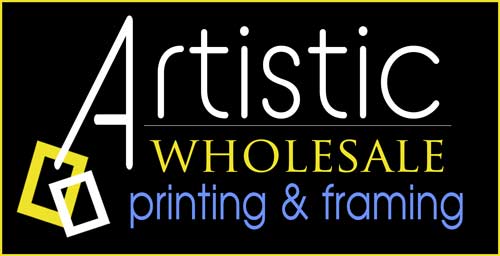


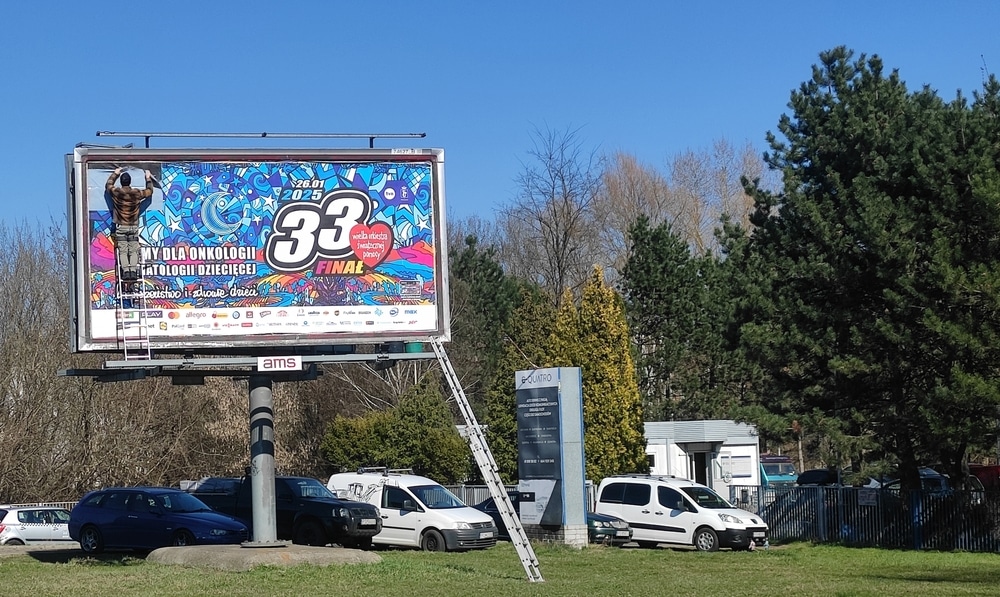 Vinyl: The Versatile Standard
Vinyl: The Versatile Standard
 Why Vintage Poster Framing Matters
Why Vintage Poster Framing Matters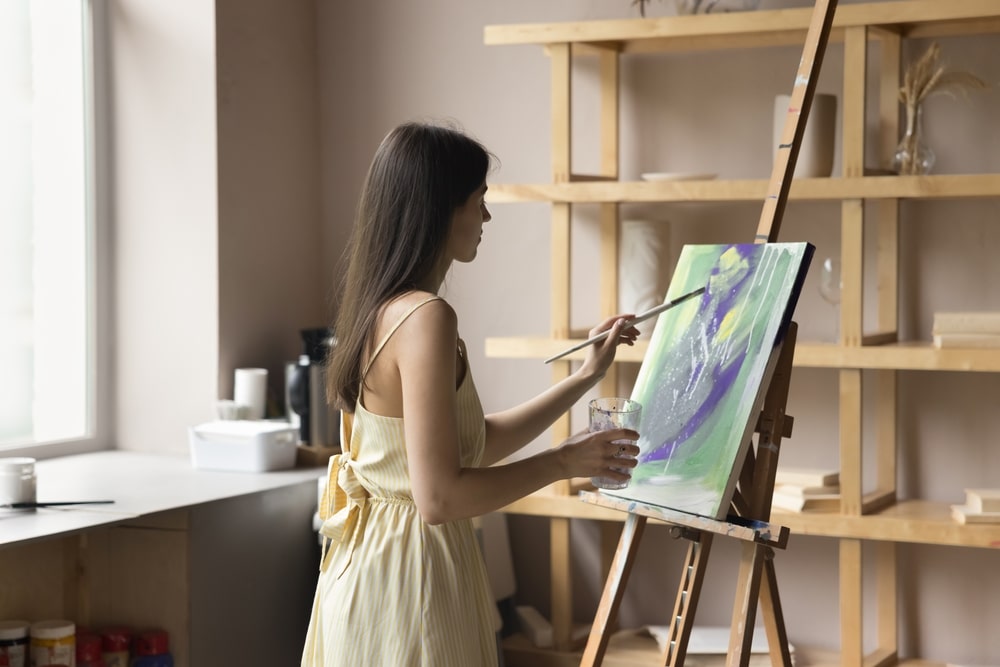 Shallow vs. Gallery Wrap Depths
Shallow vs. Gallery Wrap Depths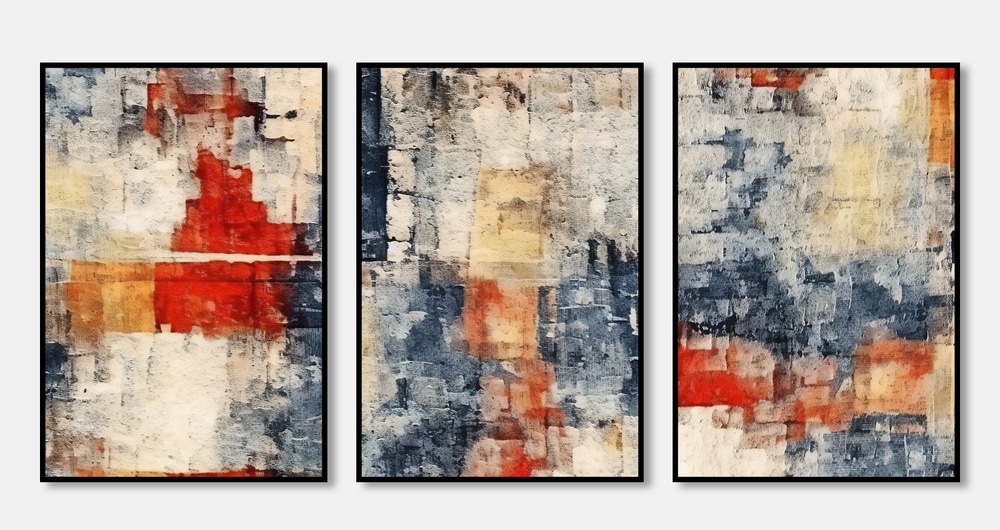 Durability: Which One Lasts Longer?
Durability: Which One Lasts Longer?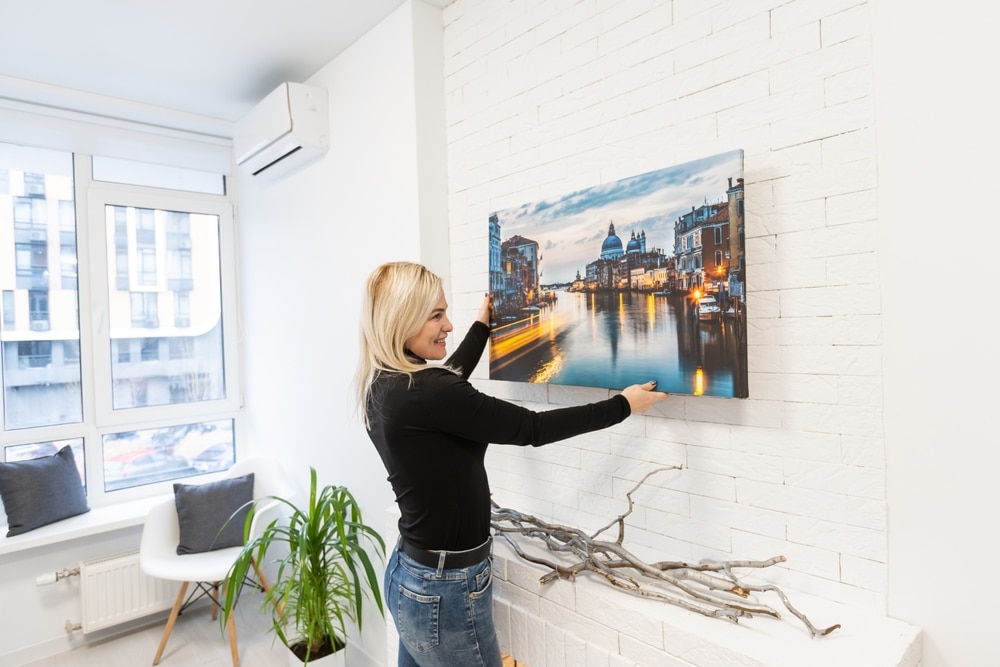 When to Leave a Canvas Print Unframed
When to Leave a Canvas Print Unframed Wood Frames: Classic and Customizable
Wood Frames: Classic and Customizable What Are Metal Prints?
What Are Metal Prints?